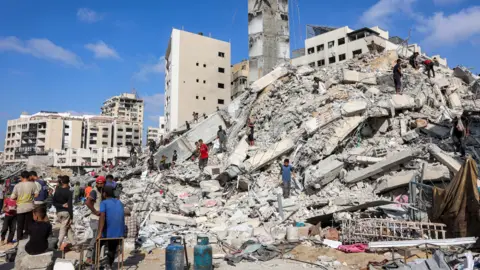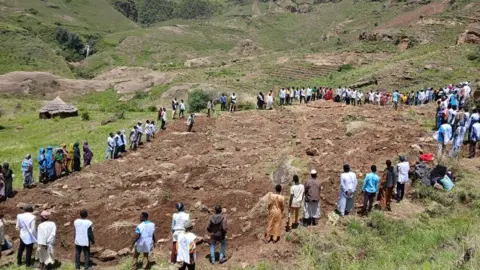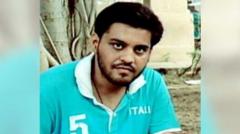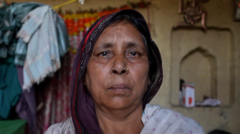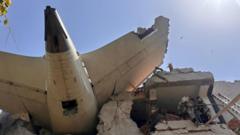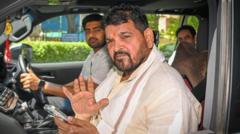On February 15, 2025, at New Delhi’s busiest railway hub, a stampede broke out that claimed fifteen lives, with authorities reporting that an additional fifteen people sustained injuries. The chief minister of the Delhi region, Atishi, expressed her sorrow outside a local hospital while providing updates on the victims’ conditions.
Prime Minister Narendra Modi extended his condolences via social media, emphasizing the government's commitment to aiding all those affected by the tragic event. Ashwini Vaishnaw, the railroads minister, announced an immediate investigation into the circumstances surrounding the calamity.
As trains bound for the Kumbh Mela festival were delayed, massive crowds amassed at the station, attempting to embark on their religious pilgrimage. To mitigate the situation, the Ministry of Railways deployed extra trains. The Kumbh Mela is recognized as the world's largest religious festival, drawing an estimated 400 million participants over six weeks.
Currently taking place in Prayagraj, Uttar Pradesh, the Kumbh Mela marks a significant event, intertwined with sacred rituals including the bathing in holy waters believed to cleanse one's sins. This year's celebration, designated as a Maha Kumbh or Great Kumbh, coincides with a rare celestial alignment observed once every 144 years.
Historically, crowd control at the Kumbh Mela has posed serious challenges for the Indian government. Just a month prior, thirty pilgrims tragically died in a separate stampede during the festival, while past gatherings have also witnessed catastrophic incidents - 42 lives were lost during the 2013 celebration in Prayagraj, reflecting the ongoing need for safety measures. Even during the festival's inaugural event in 1954, hundreds lost their lives in a stampede.
As authorities continue to grapple with the implications of this tragedy, the focus remains on ensuring the safety of the millions who partake in one of the most important religious gatherings in the world.










